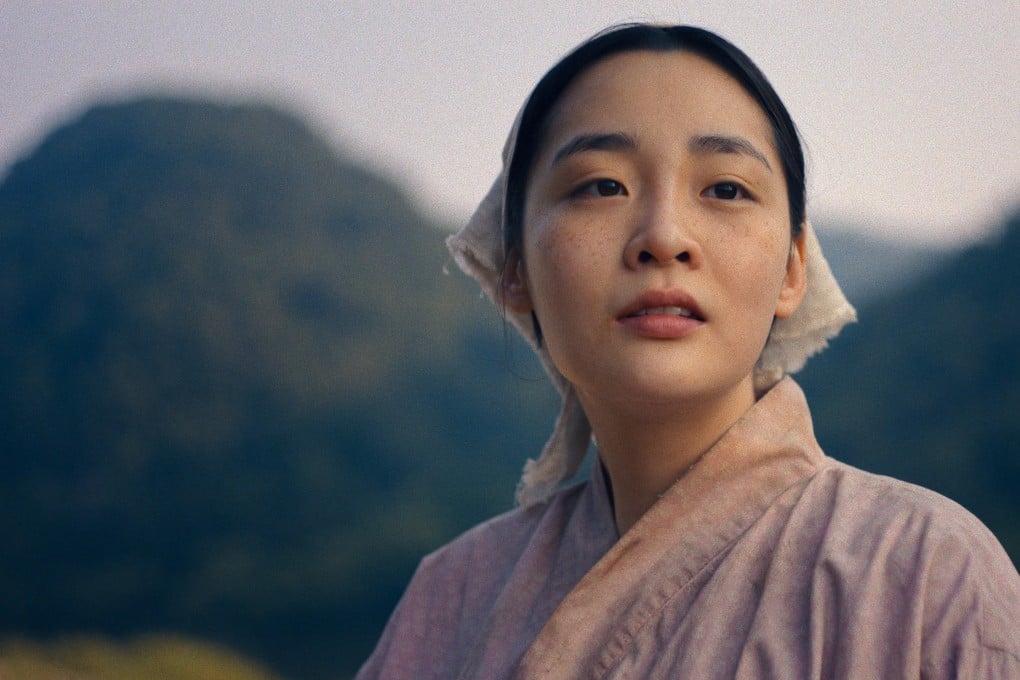How Pachinko aims for authenticity, from Duolingo for Japanese to talks with grandma
Based on the 2017 bestseller by Min Jin Lee, Pachinko shines a light on Japan’s Zainichi community – and season 2’s just returned

Pachinko (Apple TV+) is arguably far more than a mere television series: it could amount to a medical breakthrough.
Viewers who find they can’t stop swiping their phone should try watching this cinematically rich Korean-Japanese historical drama, a Korean-Japanese-American-Canadian joint production rendered in Korean, Japanese and English and told along two timelines – and realise they are cured, so engrossing are plot, acting and cinematography.
Series one, which aired in 2022, bagged 11 international honours, including American Film Institute and Critics’ Choice awards. Series two, now showing, returns us to this multi-generational saga of endurance in the face of war and worse without missing an emotion-mangling beat.
Here we are, convincingly, again, with the Zainichi Koreans, living in Japan, subjugated by their colonial masters, specifically with the heroine of the tale, Sunja (Kim Min-ha), in Osaka in 1945; and later, grandson Solomon (Jin Ha), at liberty in Tokyo in 1989.

Speaking from New York during press day to announce season two, Kim, Ha and Korean-American writer and executive producer Soo Hugh all acknowledge that authenticity is the backbone of an adaptation confronting the dire realities of life for Koreans battling bigotry and persecution.
